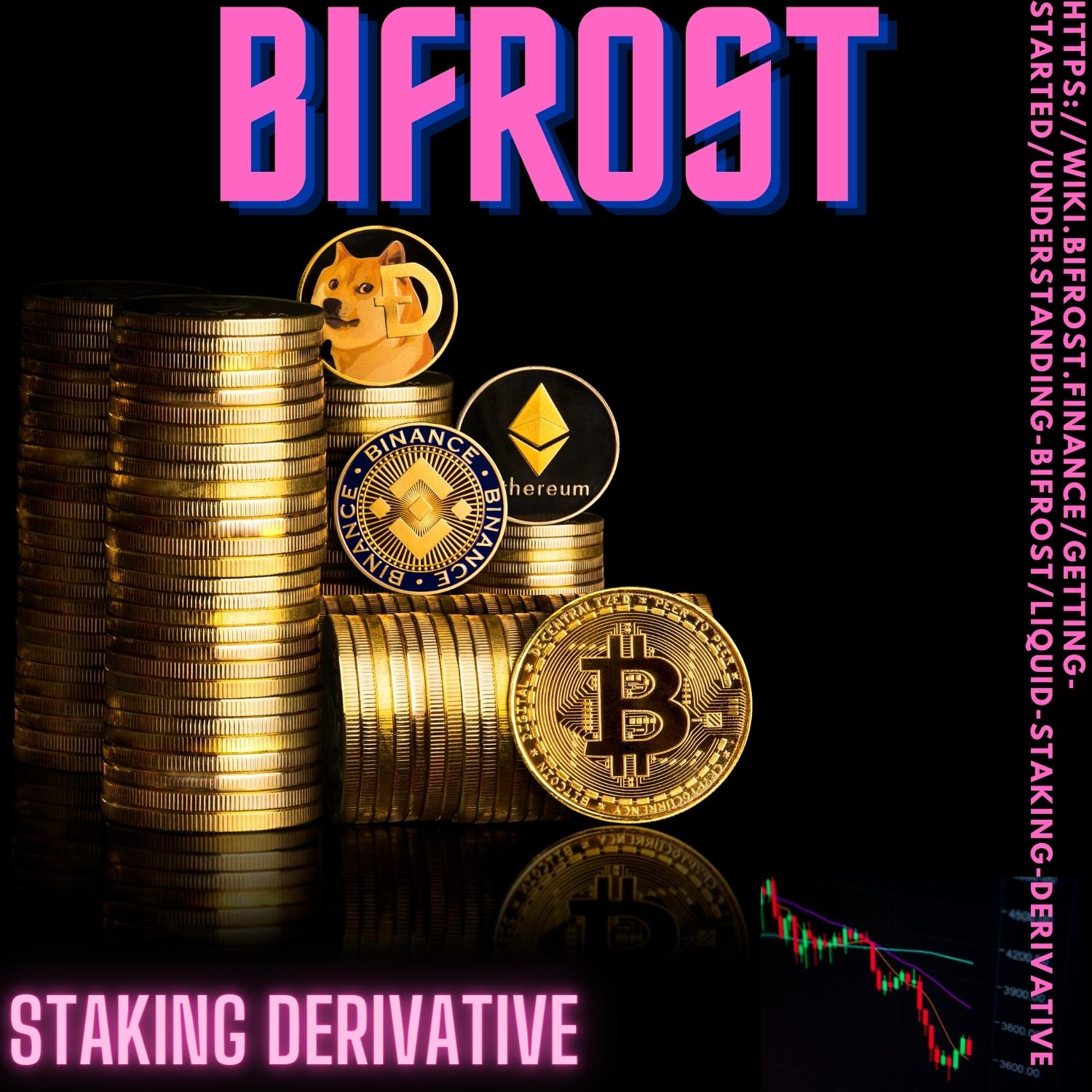
Staking derivative represent a relatively new and innovative financial instrument in the world of cryptocurrencies and blockchain technology. They are designed to provide investors with a way to leverage their crypto assets, particularly those held in staking networks, in order to potentially maximize their returns. However, like any financial instrument, staking derivatives come with their own set of risks and rewards, which distinguish them from traditional staking and trading in the cryptocurrency market.
Rewards of Staking Derivatives:
- Enhanced Yield Generation: Staking derivatives enable crypto holders to earn rewards not only from the staking of their assets but also from the trading of staking derivatives. This potentially allows them to amplify their returns, making it an attractive option for investors seeking higher yields.
- Liquidity and Flexibility: Staking derivatives can provide investors with increased liquidity compared to traditional staking, where assets are typically locked up for a predetermined period. Investors can trade staking derivatives on various platforms, allowing them to access their capital more easily when needed.
- Diversification: Staking derivatives offer investors an additional way to diversify their crypto portfolios. By engaging in derivative trading alongside staking, investors can spread their risk across different strategies and assets.
- Market Speculation: Staking derivatives enable traders to speculate on the price movements of staked assets without directly holding them. This can be advantageous for traders looking to profit from both bullish and bearish market conditions.
- Staking Networks Participation: Staking derivatives may attract more participants to blockchain networks by offering an alternative way to engage with staked assets. This increased participation can contribute to network security and decentralization.
Risks of Staking Derivatives:
- Leverage Risks: Staking derivatives often involve leverage, which can magnify both gains and losses. Investors must be cautious when using leverage as it can lead to substantial losses if the market moves against them.
- Counterparty Risk: Trading staking derivatives often involves interacting with centralized exchanges or platforms. This introduces counterparty risk, as the security and reliability of these platforms can vary, potentially exposing investors to the risk of hacks or fraud.
- Volatility and Market Risk: The cryptocurrency market is highly volatile, and staking derivatives are no exception. Price swings in the underlying assets can lead to rapid and substantial gains or losses, making it crucial for investors to manage their risk effectively.
- Regulatory Uncertainty: The regulatory landscape for cryptocurrencies and derivatives is still evolving in many jurisdictions. Investors should be aware of the legal and tax implications of trading staking derivatives in their respective countries.
- Complexity: Staking derivatives can be complex financial instruments, requiring a deep understanding of both derivatives markets and blockchain technology. Novice investors may find them challenging to navigate.
In summary, Staking derivative offer a unique opportunity for crypto investors to potentially increase their yields, enhance liquidity, and diversify their portfolios. However, they come with risks such as leverage, counterparty risk, market volatility, regulatory uncertainty, and complexity. As with any investment, individuals should conduct thorough research, assess their risk tolerance, and consider their investment goals before engaging in staking derivatives trading. It’s essential to strike a balance between the potential rewards and the associated risks to make informed investment decisions in this evolving and dynamic space.
For more information learn about how to buy ethereum on etoro and bifrost .

